Discovering the Magic of Nugget Point Lighthouse
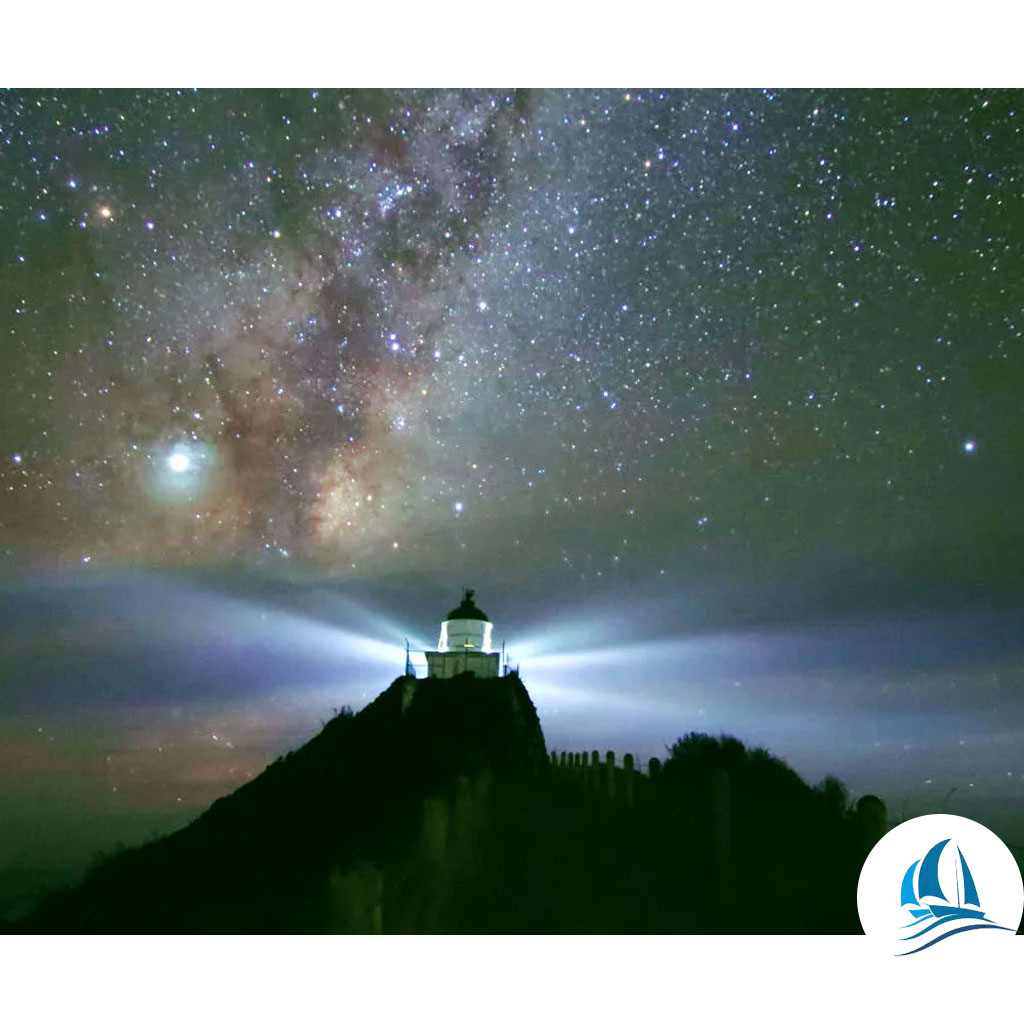
Nugget Point Lighthouse is one of New Zealand’s most picturesque and iconic landmarks. Perched on the rugged coastline of the Otago region, this historic lighthouse offers stunning views, fascinating wildlife, and a glimpse into New Zealand’s maritime heritage.
This comprehensive guide will take you through the history, attractions, and practical tips for visiting Nugget Point Lighthouse, ensuring you make the most of your trip.
The Historical Significance of Nugget Point Lighthouse
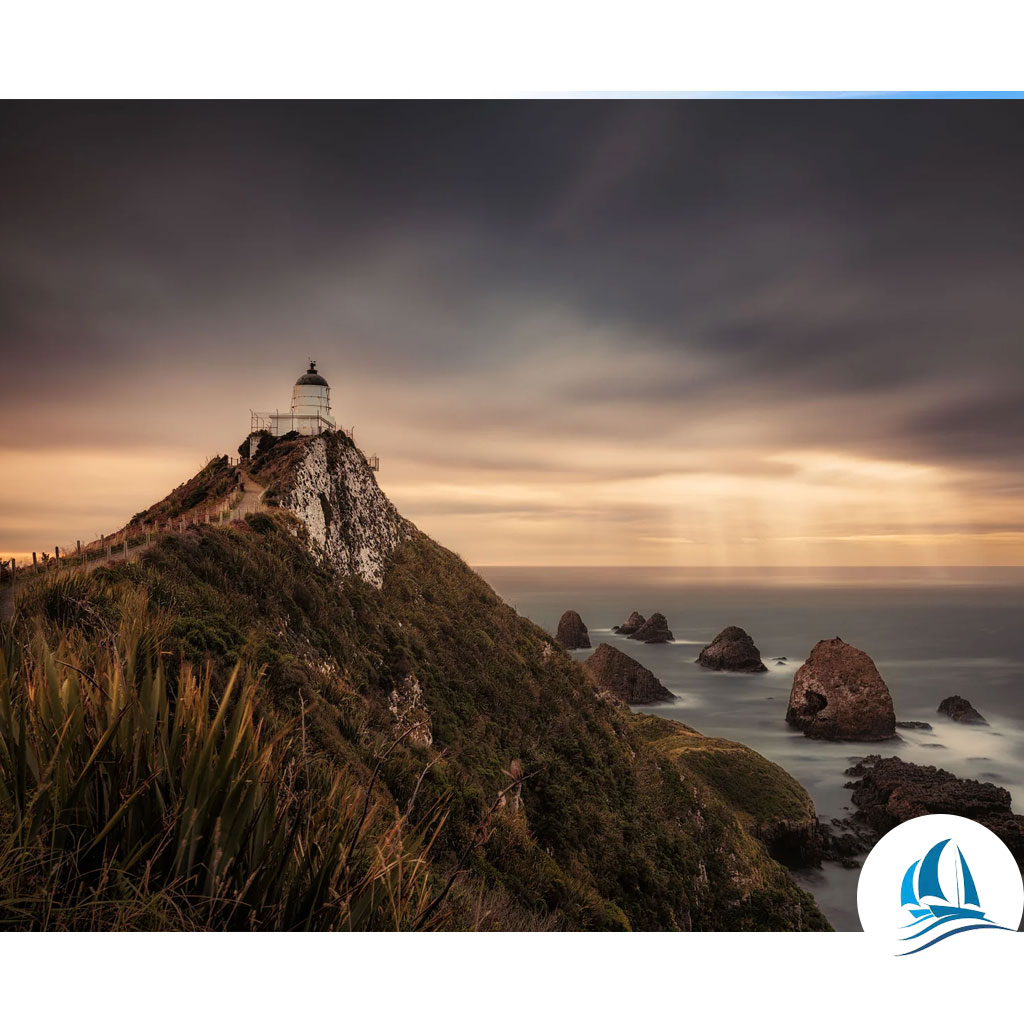
Early Beginnings
Nugget Point Lighthouse was first lit on July 4, 1870. The need for a lighthouse in this location arose from the treacherous waters and numerous shipwrecks along the southeastern coast of New Zealand. The lighthouse was named after the rocky islets, known as “The Nuggets,” which posed significant hazards to navigation.
Architectural Design
The lighthouse was designed by James Balfour, a prominent New Zealand engineer. Standing 9.5 meters tall, the tower was constructed from locally quarried stone and equipped with a powerful lamp visible for up to 18 nautical miles. The design of Nugget Point Lighthouse reflects the engineering ingenuity of the time and has remained largely unchanged.
Technological Advancements
Over the years, Nugget Point Lighthouse has seen several technological upgrades. Initially powered by oil lamps, it transitioned to kerosene in the late 19th century and then to electricity in 1949. In 1989, the lighthouse was fully automated, eliminating the need for a permanent lighthouse keeper. Despite these changes, the lighthouse continues to operate, providing a crucial navigational aid for vessels in the region.
Exploring Nugget Point Lighthouse
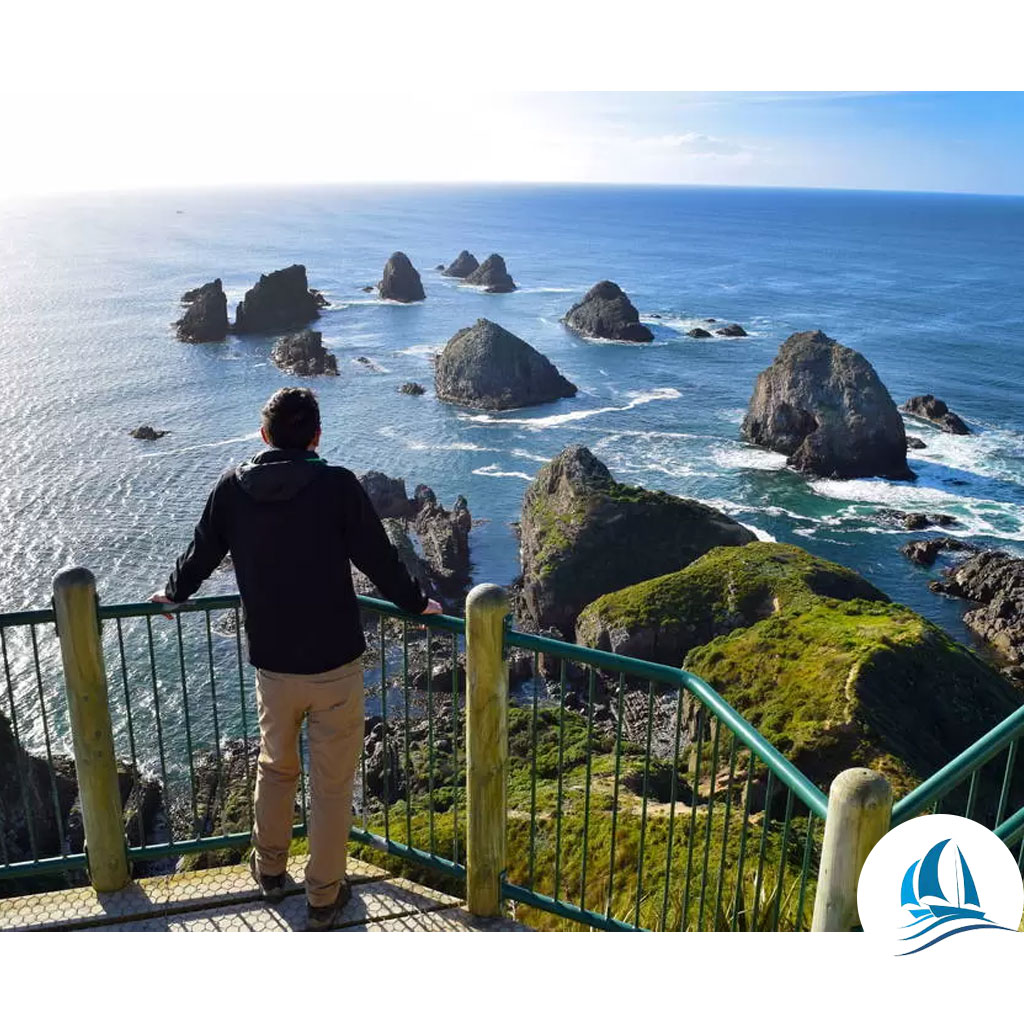
Step 1: Planning Your Visit
Before embarking on your journey to Nugget Point Lighthouse, it’s essential to plan your trip. The lighthouse is located near the town of Kaka Point, approximately 105 kilometers south of Dunedin. The best way to reach the site is by car, as public transportation options are limited.
Step 2: Check Accessibility
Nugget Point Lighthouse is accessible via a well-maintained walking track from the car park. The track is relatively easy and takes about 20 minutes to reach the lighthouse. Be prepared for some uneven terrain and wear sturdy footwear. The pathway is suitable for most fitness levels, but it’s always good to check the weather conditions before heading out.
Step 3: What to Bring
Pack accordingly for your visit. Bring comfortable walking shoes, a hat, sunscreen, and plenty of water. A camera and binoculars are also recommended to capture the stunning scenery and wildlife. Since there are no shops or facilities at the site, bring your own food and drinks for the day.
Step 4: Learn About the History
Enhance your visit by learning about the history of Nugget Point Lighthouse. Informational plaques are located along the walking track and at the lighthouse, providing valuable insights into the lighthouse’s history and its role in maritime navigation. You can also visit the New Zealand Heritage website for more detailed historical information.
The Natural Beauty of Nugget Point
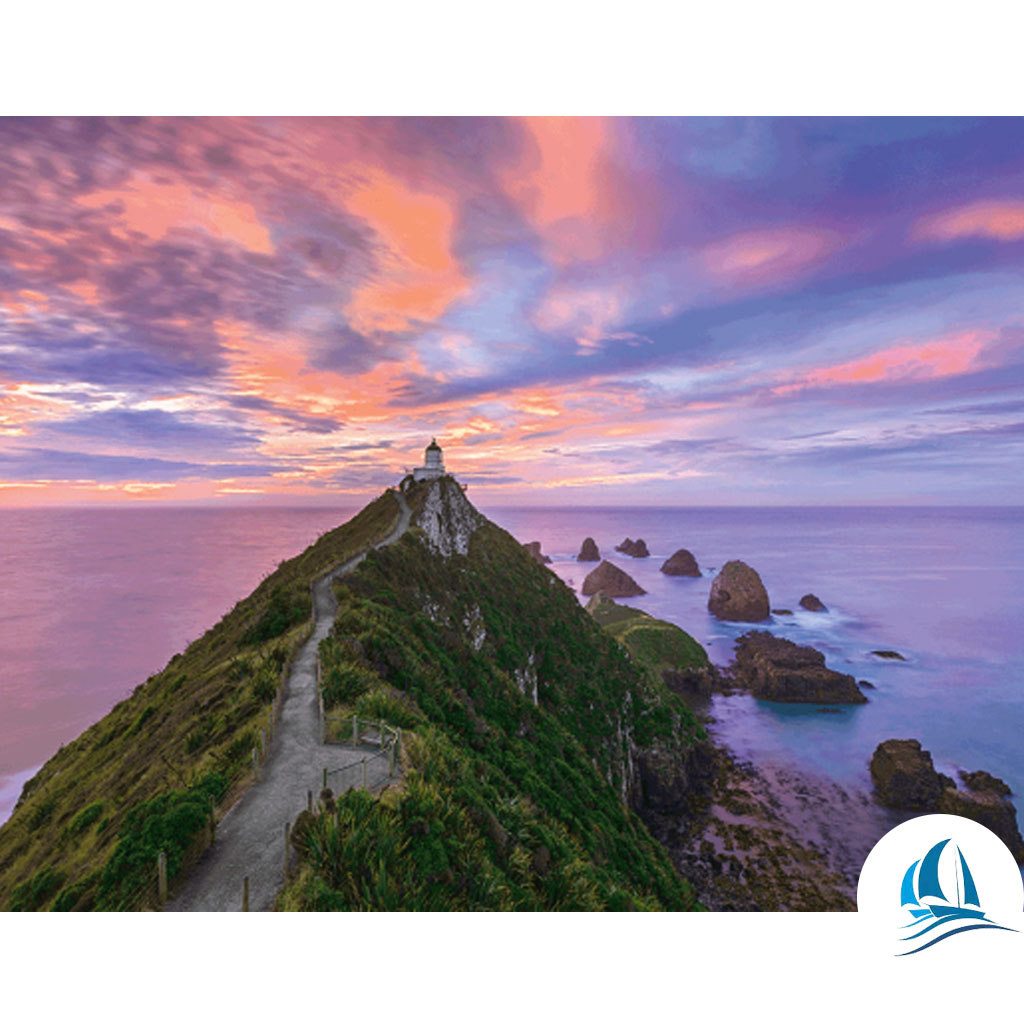
Scenic Views
The views from Nugget Point Lighthouse are nothing short of spectacular. From the top of the lighthouse, you can enjoy panoramic vistas of the rugged coastline, the rocky islets known as The Nuggets, and the vast expanse of the Pacific Ocean. Sunrise and sunset offer particularly stunning views, making it a perfect spot for photography.
Flora and Fauna
Nugget Point is home to a diverse range of flora and fauna. You can spot native plants, seabirds, and even marine mammals such as seals and sea lions. The area is also a critical habitat for the endangered yellow-eyed penguin, or hoiho, which can often be seen in the early morning or late afternoon.
Walking Tracks
Several walking tracks traverse the Nugget Point area, catering to different fitness levels and interests. The Roaring Bay Track is popular for penguin watching, while the longer Catlins Coastal Heritage Trail offers a more challenging hike with stunning coastal views. All tracks are well-signposted, making it easy to navigate and explore at your own pace.
Real-Life Anecdotes: Stories from Nugget Point Lighthouse
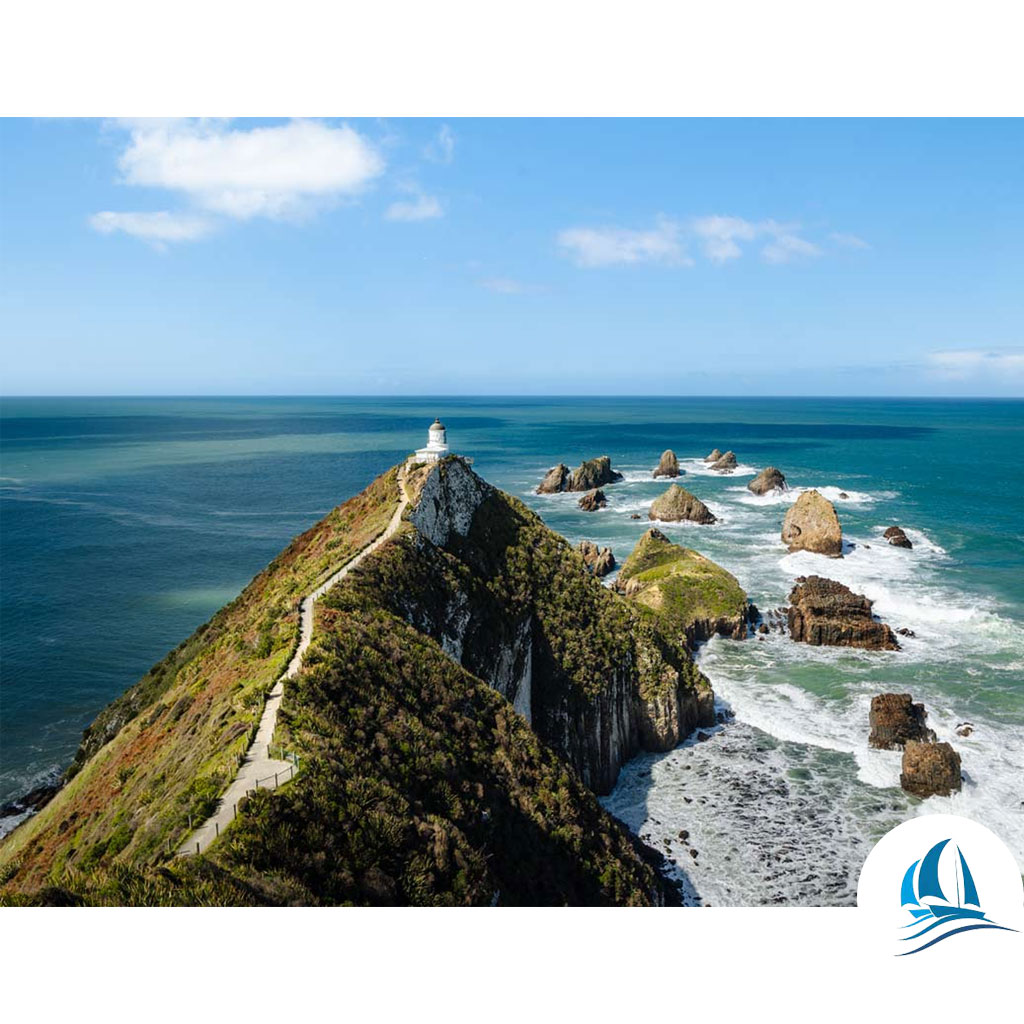
The Keeper’s Legacy
One of the most notable keepers of Nugget Point Lighthouse was James Scott, who served from 1901 to 1914. Scott was known for his meticulous maintenance of the lighthouse and his dedication to ensuring the light was always operational, regardless of the weather. His family lived on-site, and his children often helped with lighthouse duties. Stories of their life at Nugget Point provide a glimpse into the challenges and rewards of being a lighthouse keeper in the early 20th century.
The Adventurous Photographer
In the early 2000s, a local photographer named Emily visited Nugget Point Lighthouse to capture the rugged beauty of the coastline. During her visit, she stumbled upon a group of seals playing on the rocks below the lighthouse. The photographs she took that day won several awards and were featured in national magazines, showcasing the natural charm of Nugget Point to a wider audience.
Practical Tips for Visiting Nugget Point Lighthouse

Guided Tours
Joining a guided tour is an excellent way to learn more about the history and ecology of Nugget Point Lighthouse. Knowledgeable guides share fascinating stories and point out notable sights, making your visit even more enriching. Tours can be booked in advance through local tourism websites.
Respect the Environment
Nugget Point is a protected area, so it’s important to respect the environment. Stay on marked paths, do not disturb wildlife, and take all rubbish with you. By following these guidelines, you help preserve the area for future generations.
Photography and Wildlife Watching
Bring a good camera and binoculars to fully appreciate the beauty and wildlife of Nugget Point. The area is a haven for bird watchers, with many rare species easily visible from the walking tracks. Remember to be patient and quiet to avoid startling the birds and other wildlife.
Conclusion: Experience the Magic of Nugget Point Lighthouse

Nugget Point Lighthouse is not just a navigational aid; it’s a symbol of New Zealand’s maritime history and a testament to the natural beauty of the Otago coastline. A visit to the lighthouse and the surrounding area offers a unique blend of history, nature, and adventure.
From its early beginnings guiding ships to its current role as a conservation beacon, Nugget Point Lighthouse stands as a reminder of the enduring relationship between humans and the sea. Plan your visit today and discover the magic of this iconic landmark.
Embark on your journey to Nugget Point Lighthouse with confidence, knowing you’ll be exploring one of New Zealand’s most treasured sites. Happy travels!
FAQs About Nugget Point Lighthouse

Q1: Is Nugget Point Lighthouse open to the public?
Yes, Nugget Point Lighthouse is accessible to the public. The walking track to the lighthouse is open year-round, and there is no admission fee.
Q2: What is the best time to visit Nugget Point Lighthouse?
The best time to visit is during spring and summer when the weather is mild, and the days are longer. Early mornings and late afternoons offer the best light for photography and wildlife watching.
Q3: Are there guided tours available?
Yes, guided tours are available and highly recommended. These tours provide valuable insights into the history of the lighthouse and the surrounding area. Tours can be booked through local tourism websites.
Q4: Can I stay overnight near Nugget Point Lighthouse?
While there are no accommodations directly at Nugget Point, the nearby town of Kaka Point offers various lodging options, including motels and bed-and-breakfasts.
Q5: How can I support the conservation efforts at Nugget Point?
You can support conservation efforts by donating to local environmental organizations, participating in volunteer programs, and following all guidelines to protect the natural habitat during your visit.


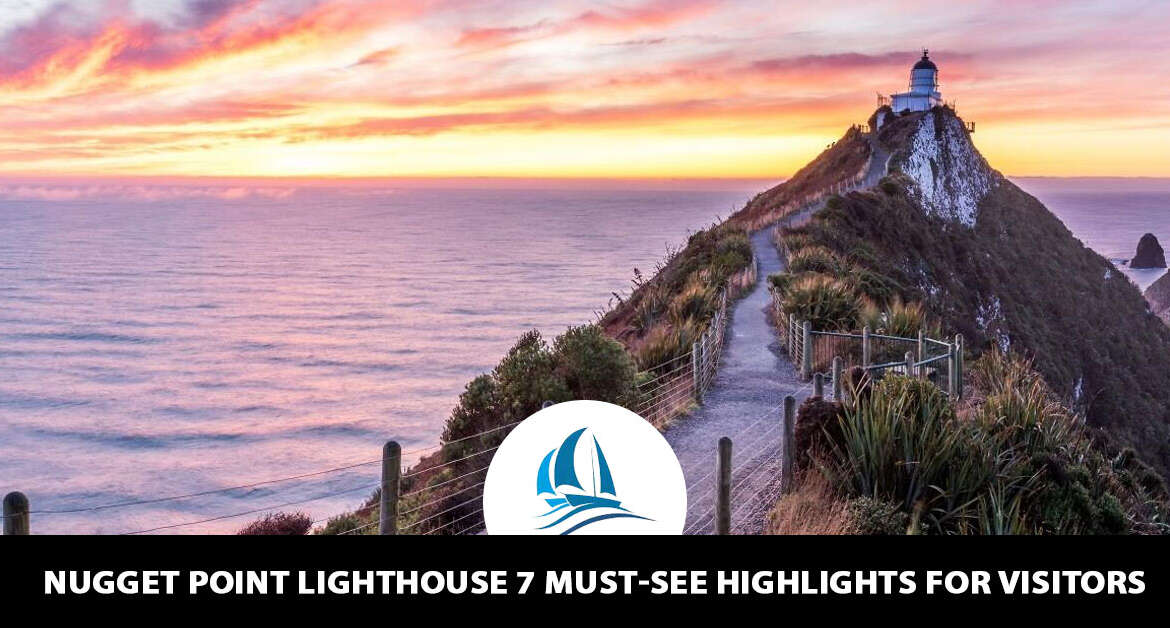
Leave a reply